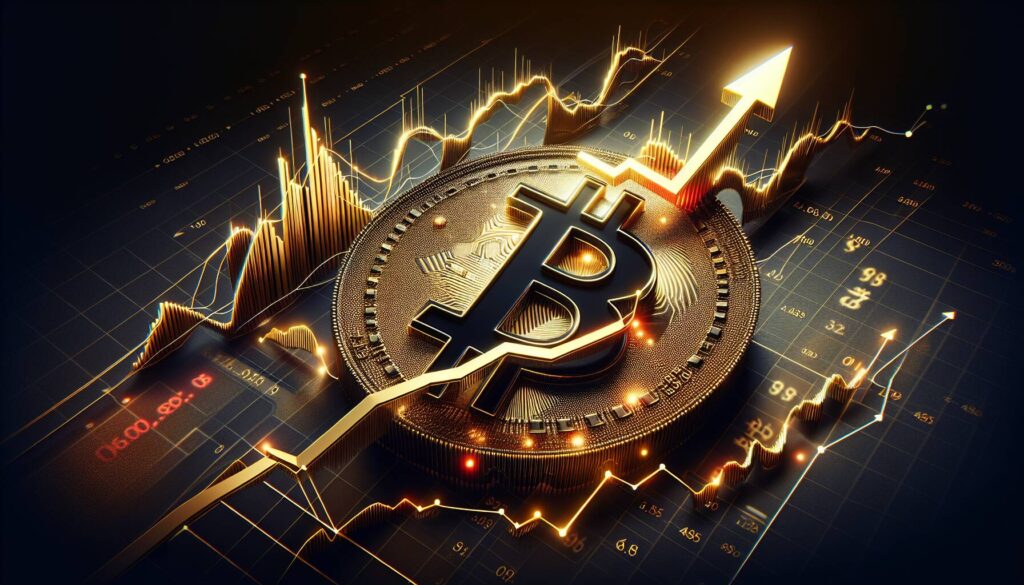The world of football and blockchain is about to embark on an exciting new journey as FIFA, the governing body of the sport, announces its collaboration with the Avalanche network. This partnership will see FIFA create its own dedicated layer-1 blockchain, leveraging Avalanche’s innovative technology to enhance its digital offerings. The news arrives on the heels of Avalanche’s recent Avalanche9000 upgrade, which aims to attract developers by providing them the tools to build customized blockchains with greater ease.
This isn’t FIFA’s first step into the blockchain realm; back in 2022, the organization launched a non-fungible token (NFT) collection on the Algorand blockchain corresponding with the Qatar World Cup. Earlier this year, FIFA hinted at this new initiative, revealing plans to transition its collections to a more compatible blockchain that aligns with their ongoing Web3 strategies. As large-scale entities like FIFA continue to venture into blockchain, it reflects a broader belief that the underlying technology possesses long-term potential despite the current challenges faced by the crypto market.
“Avalanche is designed for enterprises and organizations looking to build custom, high-performance blockchain solutions,” stated John Nahas, chief business officer at Ava Labs, emphasizing the capabilities that support robust, global applications.
While FIFA currently operates an NFT collection and a digital marketplace, details regarding future projects on this new blockchain are still under wraps. Yet, this noteworthy collaboration signals that major organizations remain committed to exploring the evolving landscape of blockchain technology, seeking ways to enhance engagement with fans and capitalize on digital trends.
FIFA’s New Blockchain Initiative with Avalanche
The recent announcement regarding FIFA’s plans to utilize Avalanche’s technology for its dedicated layer-1 blockchain highlights key developments in the intersection of sports and blockchain technology. Here are the most important aspects of this initiative:
- FIFA’s Dedicated Layer-1 Blockchain:
- Utilizes Avalanche’s customizable blockchain technology.
- Aims to create a high-performance solution tailored for FIFA’s needs.
- Recent Technology Upgrade:
- The Avalanche9000 upgrade aims to attract developers for new customizable blockchain projects.
- This infrastructure upgrade improves speed, flexibility, and security for enterprise solutions.
- Previous Blockchain Initiatives:
- In 2022, FIFA launched an NFT collection on the Algorand blockchain.
- A move to an EVM-compatible blockchain signifies a strategy to enhance compatibility and integration with existing blockchain ecosystems.
- Shifts in NFT Market:
- The NFT market saw significant fluctuation, especially during the recent crypto winter.
- FIFA’s continued investment in blockchain suggests confidence in the technology’s future despite market challenges.
- Enterprise Interest:
- FIFA’s partnership with Avalanche indicates that major corporations are still seeking innovative blockchain solutions.
- This trend may lead to broader industry developments and the potential for more sporting organizations to explore similar initiatives.
“Avalanche is designed for enterprises and organizations looking to build custom, high-performance blockchain solutions.” – John Nahas, Chief Business Officer at Ava Labs.
FIFA’s Blockchain Leap: What It Means for the Future of Football and Crypto
FIFA’s recent announcement to collaborate with Avalanche in launching its dedicated layer-1 blockchain places it at the forefront of a changing landscape, where sports and technology converge. This move highlights a significant commitment to innovation, paralleling the evolving interest of other sports organizations and entertainment enterprises in blockchain technologies.
One of the key advantages of this partnership lies in Avalanche’s reputation for speed, security, and scalability. Compared to Ethereum’s network, which has faced scalability issues during peak times, Avalanche offers a more robust solution for high-performance applications. This is particularly crucial for FIFA, which needs to ensure that its digital initiatives can handle the massive influx of users during events like the FIFA World Cup. Conversely, however, the recent downturn in the crypto market illustrates an inherent risk—while players are eager to explore blockchain, the uncertainty surrounding volatility may deter some users, potentially limiting engagement.
FIFA’s shift from past partnerships, notably with Algorand for its NFT ventures, indicates a strategic pivot toward more scalable blockchain solutions. This could benefit FIFA by providing an improved infrastructure for future projects, possibly including new NFT launches and fan engagement initiatives that can enhance the overall brand experience. The decision to adapt and evolve demonstrates adaptability in the face of market changes.
However, the transition to a new blockchain comes with challenges. Smaller entities and creators who have previously benefitted from FIFA’s initiatives may find it harder to engage with the new system, especially if there are significant entry barriers or complexities involved in interacting with the Avalanche network. Moreover, the high expectations from fans and stakeholders for innovative offerings could lead to backlash if the execution does not meet the anticipated standards.
As FIFA steps ahead into this blockchain realm, it serves as a beacon for other organizations contemplating similar moves. While the allure of NFTs and blockchain may draw new interest, the ongoing market adjustments could either pave the way for robust new fan experiences or, conversely, create obstacles for those unprepared for the evolution. In a world where digital engagement is increasingly vital, how FIFA leverages this opportunity will undoubtedly impact its competitive edge in both blockchain technology and the realm of sports entertainment.














